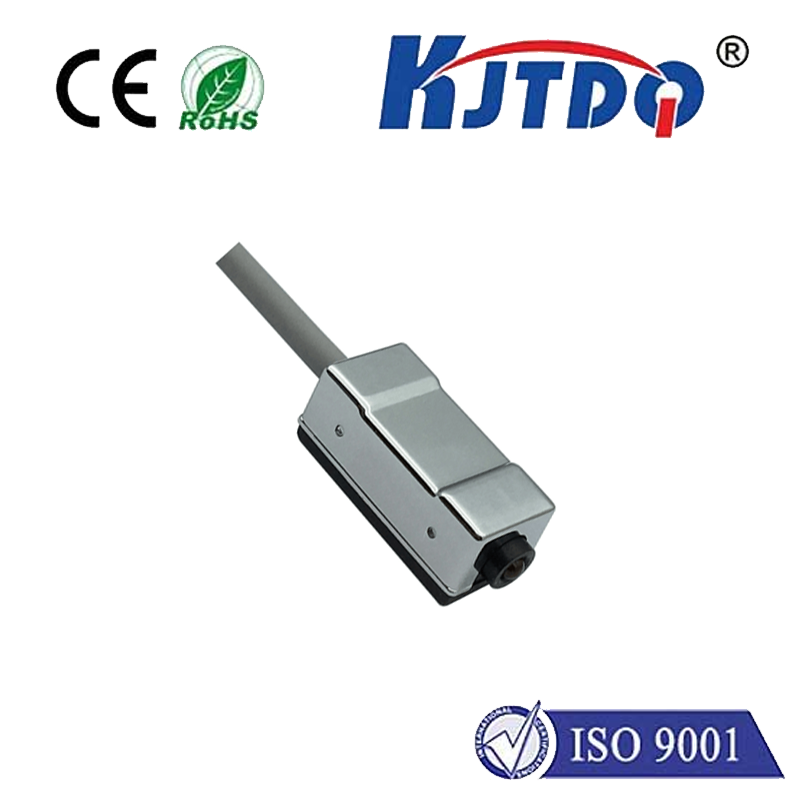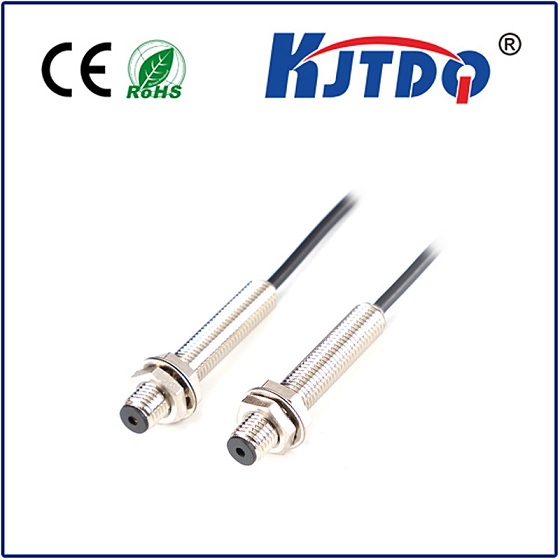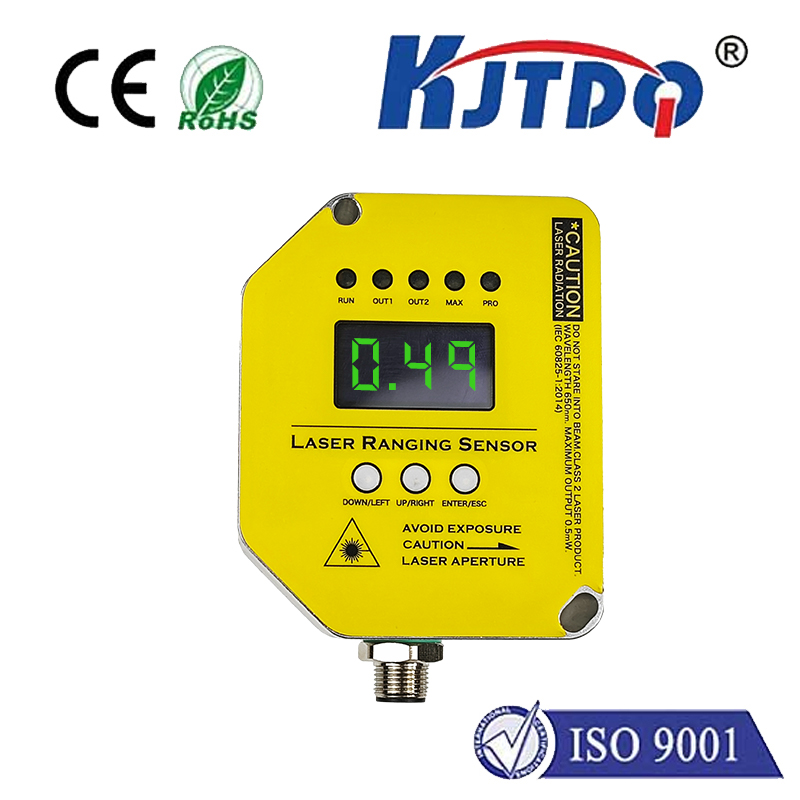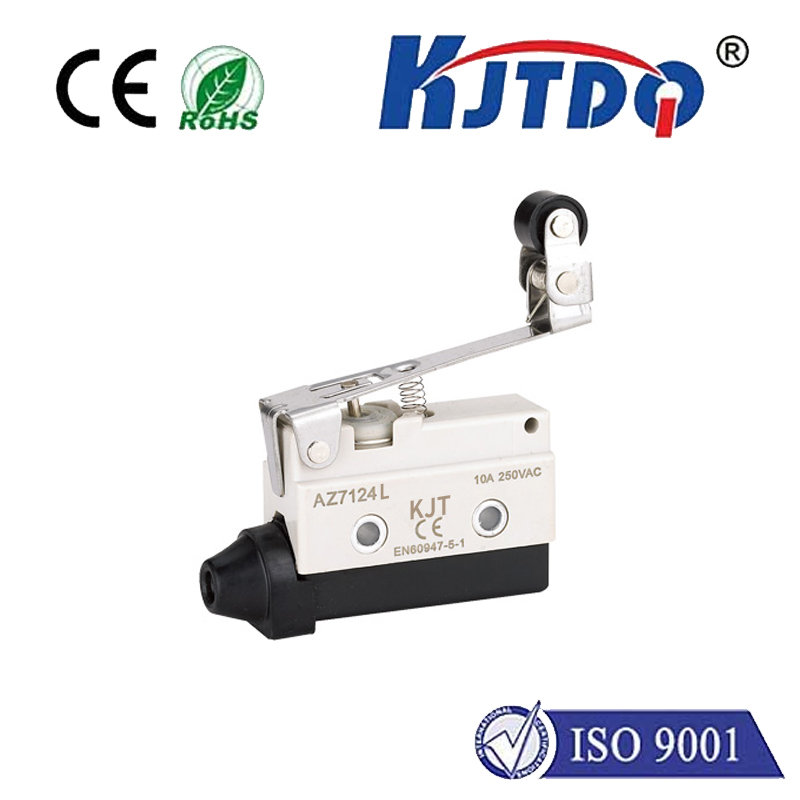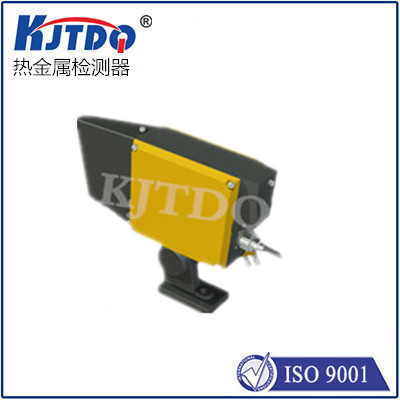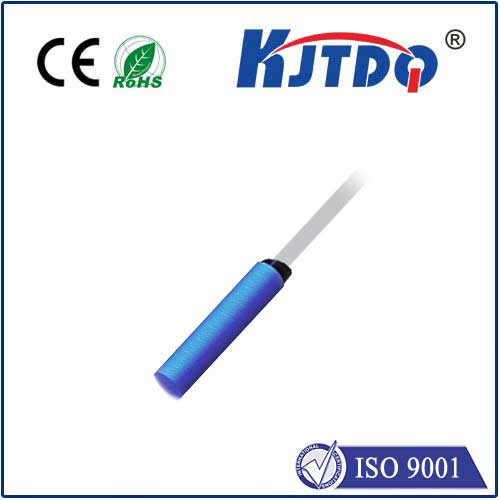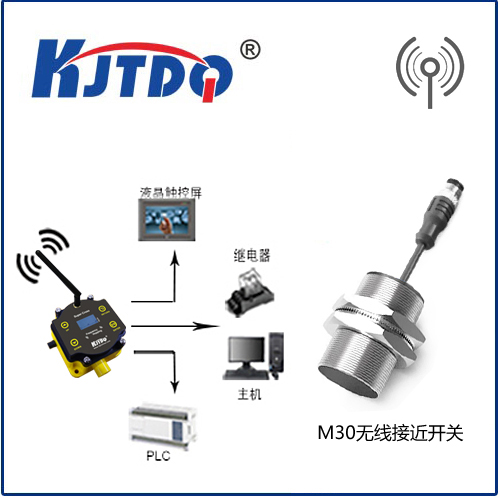small proximity sensor
- time:2025-09-08 14:24:55
- Click:0
The Power of Miniaturization: How Small Proximity Sensors Revolutionize Modern Tech
Imagine a world where your smartphone screen intuitively dims when held to your ear, your robotic vacuum cleaner gracefully skirts around furniture legs without a single bump, and industrial machinery operates with near-silent precision, detecting components millimeters away. These seamless interactions, often taken for granted, are fundamentally orchestrated by an unsung technological hero: the small proximity sensor. These compact marvels of engineering have become indispensable, shrinking powerful detection capabilities into tiny packages to drive innovation across countless industries and everyday devices.
What Exactly is a Small Proximity Sensor?
At its core, a proximity sensor is a device that detects the presence, absence, or distance of an object without physical contact. It achieves this by emitting an electromagnetic field, beam (like infrared or ultrasonic), or utilizing capacitive effects and then monitoring changes in the return signal caused by a nearby target. The defining characteristic of a “small” proximity sensor lies in its dramatically reduced physical dimensions – often just millimeters in length and diameter – compared to traditional counterparts, while maintaining robust sensing capabilities. This miniaturization unlocks possibilities previously constrained by space limitations.
Why Size Matters: The Compelling Advantages

The drive towards miniaturized proximity sensing isn’t just about aesthetics; it delivers tangible, powerful benefits:
- Space Optimization: This is paramount in modern applications. Whether it’s squeezing into the bezel of a smartphone, fitting within the intricate mechanisms of precision medical instruments, or enabling compact designs for drones and wearables, small sensors free up valuable real estate. This allows for sleeker, lighter, and more functional products.
- Versatility & Integration: Their diminutive size makes them incredibly adaptable. They can be easily embedded within cramped assemblies, PCBs (Printed Circuit Boards), or molded into tight spaces within consumer electronics, automotive components, and industrial machinery. This facilitates seamless integration into complex systems.
- Energy Efficiency: Smaller sensors typically require less power to operate, a critical factor in battery-powered devices like wireless earbuds, smartwatches, IoT sensors, and portable electronics. Reduced power consumption directly translates to extended battery life.
- Lower Material Costs: Less material is required for manufacturing, contributing to cost-effectiveness, especially in high-volume production runs common in consumer electronics.
- Improved Performance Density: Being able to place multiple small sensors in a confined area enables sophisticated sensing matrices, precise position tracking in multiple axes, and enhanced environmental awareness for robots and automation systems.
The Detection Principles Behind the Miniature Magic
Small proximity sensors leverage the same fundamental principles as larger ones, but with ingenious design optimizations to achieve compact proximity detection:
- Inductive Proximity Sensors: These detect metallic objects by generating a high-frequency electromagnetic field. When a metal target enters this field, it induces eddy currents, causing a measurable change in the sensor’s oscillation circuit. Small inductive sensors are extremely reliable for detecting metal presence in demanding industrial automation settings (e.g., counting parts on a conveyor, verifying machine positions) despite their tiny size.
- Capacitive Proximity Sensors: These detect both metallic and non-metallic objects (liquids, plastics, wood, human tissue) by measuring changes in capacitance caused by the target entering the sensor’s electrostatic field. Miniature capacitive sensors are vital in consumer electronics (touchscreens, tap-to-wake features), liquid level detection in small containers, and non-metallic object detection in packaging lines.
- Optical Proximity Sensors: These typically consist of an infrared LED emitter and a photodetector (like a phototransistor). They detect objects that interrupt or reflect the emitted light beam. Miniaturized optical sensors are ubiquitous in smartphones for screen dimming during calls, detecting objects in tight spaces (e.g., printers), or serving as proximity switches in devices requiring non-contact activation.
- Magnetic Proximity Sensors (Reed Switches/Hall Effect): These detect the presence of a magnetic field. Compact magnetic sensors are essential for position sensing in very small actuators, reed switches in miniature security devices, and detecting the open/close status of tiny doors or covers.
Ubiquity in Action: Where You’ll Find Small Proximity Sensors
The applications for these tiny detection powerhouses are vast and constantly expanding:
- Consumer Electronics: Smartphones (screen dimming, gesture control), laptops (lid open/close detection), tablets, wireless earbuds (in-ear detection), smart home devices (touchless controls, presence sensing), wearables (activity tracking, sleep monitoring).
- Automotive Industry: Non-contact switches for interior lights, sunroof/tailgate pinch protection, gear shift position sensing, pedal position detection, advanced driver-assistance systems (ADAS) components requiring compact sensing.
- Industrial Automation: Position verification of miniature components, high-speed counting on conveyors, tool break detection in compact CNC machines, robotic end-effector positioning, level sensing in small tanks. Their reliability in harsh environments makes them indispensable.
- Medical Devices: Detection in miniature pumps and valves, position sensing in surgical instruments and diagnostics equipment, fluid level monitoring in IV lines, presence detection in portable monitors.
- Robotics: Collision avoidance for smaller collaborative robots (cobots) and drone landing gear, precise gripper positioning, object detection in confined robotic workspaces.
- IoT & Smart Devices: Enabling presence detection for security sensors, smart appliances (door open/close), and compact sensing nodes in distributed monitoring systems.
Key Considerations When Choosing Small Proximity Sensors
Selecting the right miniature sensor requires careful evaluation beyond just size:
- Sensing Principle: Match the technology (Inductive, Capacitive, Optical, Magnetic) to your target material and the required detection mode (presence/absence, distance).
- Sensing Range: Ensure the sensor’s specified range (Sn) meets your application’s distance requirement. Remember, small size often correlates with a shorter sensing range compared to bulkier models.
- Target Material: This is crucial, especially for inductive and capacitive types. Verify compatibility.
- Operating Environment: Consider temperature extremes, humidity, dust, chemicals (IP rating), vibration, and potential electromagnetic interference (EMI). Ensure the sensor’s environmental resilience matches the conditions.
- Output Type: Does your system require a simple digital switch (NPN/PNP), analog output (distance proportional), or a specialized protocol?
- Power Requirements: Match voltage and current consumption to your available power source, critical for battery-powered devices.
- Mounting Constraints: Precisely how and where the sensor must fit? Flush or non-flush mounting requirements?
The Shrinking Future of Detection
The relentless trend towards miniaturized proximity sensing shows no sign of slowing. Advances in microelectronics, materials science, and ASIC (Application-Specific Integrated Circuit) design continuously push the boundaries, making sensors smaller, more energy-efficient, smarter, and even less expensive. Future innovations will likely focus on integrating multiple sensing modalities (sensor fusion) onto single miniature chips and enhancing communication capabilities to serve the evolving needs of the Internet of Things (IoT), flexible electronics, and increasingly sophisticated mobile and wearable technologies. Small proximity sensors, though physically tiny, are fundamentally enabling the smarter, more responsive, and more interconnected devices and systems that define our modern world. Their ability to provide crucial detection capabilities within incredibly tight spaces is nothing short of revolutionary.






